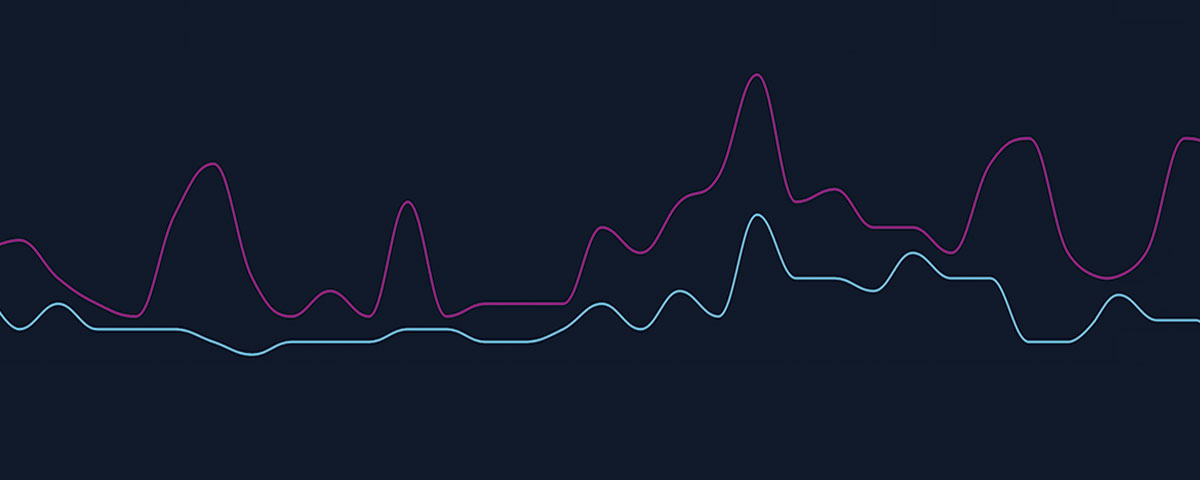
Medals over Missiles: Decreased Risk of North Korean WMD Activity
The two Koreas held their first talks this week in over two years. Reflective of the thaw in inter-Korean relations brought about by North Korea’s participation in the 2018 Pyeongchang Olympics, predictive signals by Predata/CSIS Beyond Parallel indicate a decreased likelihood of North Korean WMD activity within the next 14-day window. The predictive signal reached its lowest level since October 28, 2017. The 7-day and 14-day predictive signals also reached their lowest levels on January 9 since November 25, 2017.
North Korean leader Kim Jong-un’s 34th birthday on January 8 passed without any public fanfare or provocations. And the U.S. and South Korea announced the postponement of the start of their annual spring military exercises until after the Paralympics conclude in mid-March.
This concatenation of events and signals suggest a reprieve in the recent provocation cycle through the Olympics.
However, expectations must be tempered about whether this thaw can lead to a larger diplomatic breakthrough. Other CSIS data studies show no significant correlation between inter-Korea cooperation and the consistent absence of North Korean WMD provocations. Moreover, North Korea may feel compelled to respond to the restart of annual U.S.-South Korea exercises in the spring.
These predictions are made possible through a Predata/CSIS Beyond Parallel collaboration seeking to bring open source intelligence tools and big data analytics to issues related to the Korean Peninsula. The signals are drawn from open sources across the internet which provide a rich source of information for insights and context to current events and ongoing trends. Predata’s analytics are paired with CSIS Beyond Parallel databases of historical events to analyze current trends and make predictions about future events.

